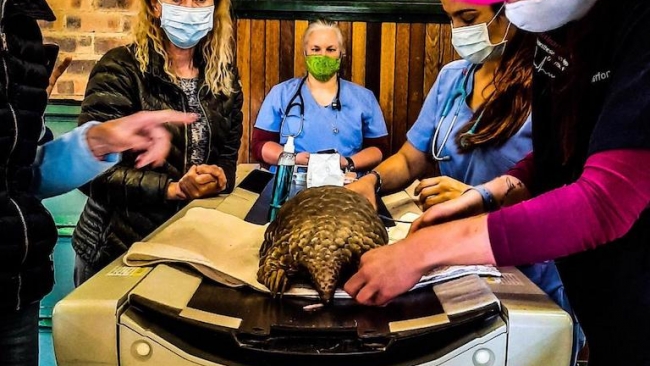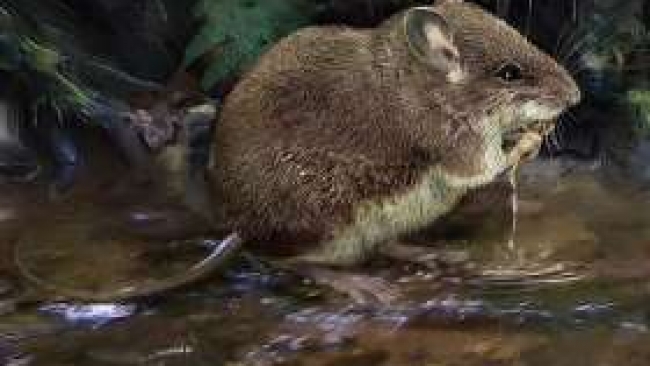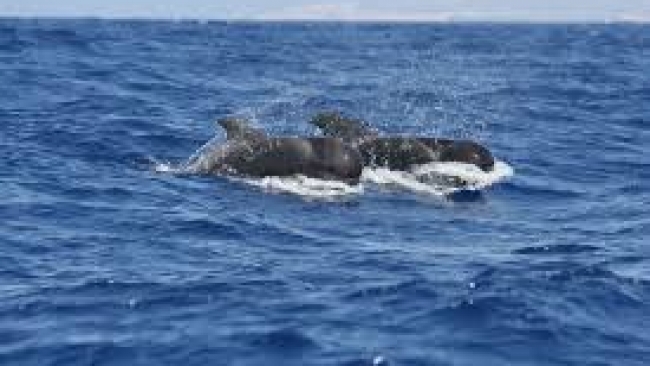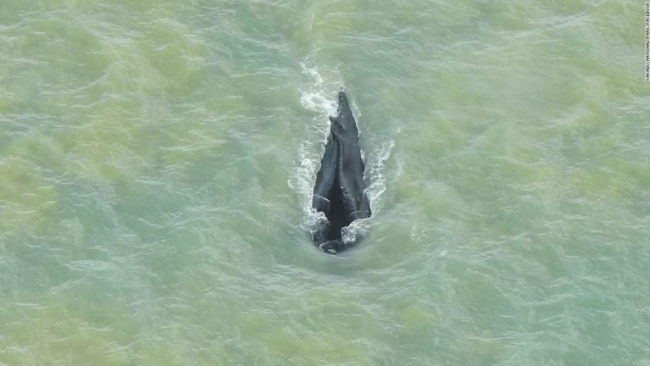Tiny, remote islands make huge waves for marine conservation
.jpg)
A small island community in the middle of the South Atlantic just made a big splash for the health of the world’s oceans.
The government of Tristan da Cunha — an archipelago 4,000 square kilometers (1,600 miles) west of South Africa and the most remote inhabited islands in the world — committed to protecting 90 percent of its territory’s waters, creating the largest marine protected area in the Atlantic.
Roughly twice the size of the Great Barrier Reef, this protected area hosts an array of marine life, including seals, sharks and whales. The islands are home to one of the most important seabird breeding grounds on the planet, with populations numbering in the tens of millions.
“Protecting the waters around Tristan da Cunha is not only about conserving biodiversity, it is about honoring the seafaring history of this community and their commitment to securing healthy and economically stable future for generations to come,” said ‘Aulani Wilhelm, who leads Conservation International’s Center for Oceans.
According to the Tristan da Cunha government, roughly 700,000 square kilometers (270,000 miles) of ocean will be closed to all human activity, while the remaining 10 percent will be set aside as a sustainable fishing area for the island’s 260 residents — who own and operate a small lobster fishery certified by the Marine Stewardship Council. Through a new global partnership, the Blue Nature Alliance, Conservation International provided critical funding and crucial technical expertise that enabled this area to be protected at twice the size it would have been otherwise.
Source: CONSERVATION INTERNATIONAL
Thu 26 Nov 2020 at 09:49
.jpg)



